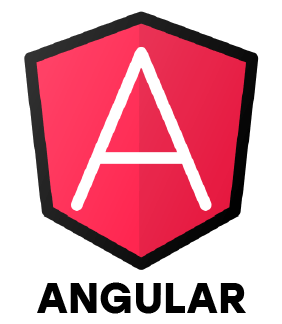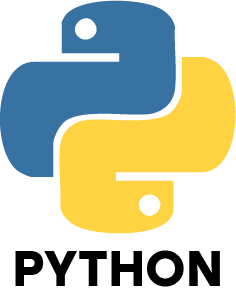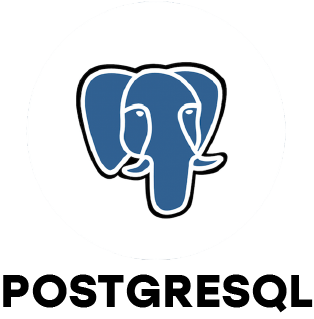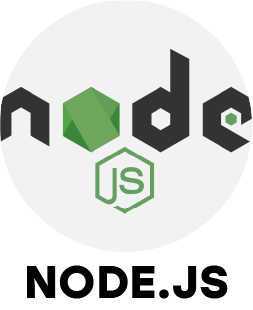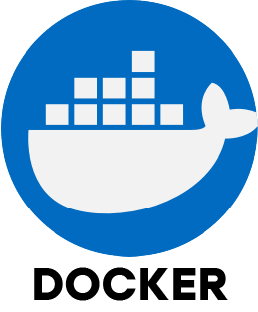1. What is a Full Stack Developer?
Ans:
A professional with knowledge of both frontend and backend technologies is known as a full stack developer. They are capable of building entire web applications, including the database, server logic, and user interface, from beginning to end integration. This makes them versatile and able to manage the entire development process independently or as part of a team.
2. Key Technologies a Full Stack Developer Should Know
Ans:
To become a proficient Full Stack Developer, one must be skilled in several technologies. On the frontend, knowledge of HTML, CSS and JavaScript frameworks like React, Angular and Vue is essential. For backend development, tools like Node.js, Express, Python, Java and PHP are commonly used. Databases such as MongoDB, MySQL and PostgreSQL are crucial for data management.
3. Common HTTP Methods Used in Web Development
Ans:
HTTP methods define requests are made in web applications. GET is used to retrieve data from a server, while POST is used to send new data PUT updates existing information, DELETE removes data and PATCH is used to make partial updates.
4. Role of Middleware in Web Applications
Ans:
Middleware plays a key role in web development by acting as an intermediary layer between a user request and the final response. It can perform functions like logging activity, authenticating users, handling errors and parsing request bodies before they reach the route handlers. Middleware enhances the modularity and maintainability of web applications.
5. Model-View-Controller (MVC) Architecture
Ans:
According to the MVC design, an application is made up of three main components the model, view, and controller. The Model handles data and business logic, the View handles display and user interface and the Controller processes user input and modifies the Model and View.
6. Managing State in a React Application
Ans:
State management is essential for maintaining UI synchronization with underlying data in React apps. Hooks such as useState and useReducer are provided by local state React. Libraries such as Redux or the Context API can be used to manage global state.
7. Purpose of npm or Yarn (Package Managers)
Ans:
In JavaScript development, package managers such as npm and Yarn are crucial resources for controlling project dependencies. They make it easier to install, update, and uninstall software. Additionally these tools allow developers to write custom scripts for automation through the package and handle versioning. configuration file in JSON.
8. Implementing Authentication in a Web Application
Ans:
Authentication involves verifying user identity to protect sensitive resources. On the frontend login forms and token storage mechanisms such as JWT or local storage are implemented. On the backend, developers hash passwords securely and issue authentication tokens or session cookies. Middleware is used to validate tokens and restrict access to protected routes. Tools like Passport Firebase Auth and Auth0 streamline the authentication process.
9. Concept of Responsive Design
Ans:
Websites that use responsive design look and work well across a variety of screens and devices. In place of fixed pixels, it makes use of relative units, media queries and variable grid layouts. On PCs, tablets and smartphones this method improves usability and user experience.
10. What is CORS & How to Handle It
Ans:
Browsers use a security feature called Cross-Origin Resource Sharing, or CORS, to limit access to resources from various origins. It stops unapproved domains from communicating with secure APIs. Developers set up the server to deliver the proper headers, such as Access, Control, Allow, and Origin, in order to manage CORS. Proxy servers or middleware, like Express's CORS module, can assist in getting around limitations in development.






